New Year Resolutions to Improve Soybeans
The New Year is upon us and it’s time to write some resolutions for next year for things to do differently. You may already be at the top of your ”soybean game”, but regardless all soybean producers should make a list of resolutions to better their game in 2019. 1. At the top of my list is seek out and test news ideas. Practices that other farmers are succeeding with is a good place to start. However, don’t be afraid to step out in front and be the first to try a new idea. New ideas can come from [...]
Seed Treatments in Continuous Soybean Production: Key Diseases to Consider
As plans begin to take shape for the 2019 growing season, it is important to consider how various cropping rotations might affect a grower’s risk level for various soybean diseases and what options are available to help preserve yield. If continuous soybean production is the goal, key diseases to consider include Phytophthora root and stem rot, and soybean cyst nematode. Through careful variety selection and the use of additional tools like seed treatments, yield loss caused by these diseases can be minimized. Phytophthora root and stem rot is caused by the oomycete pathogen Phytophthora sojae. Early symptoms may include [...]
2018 Illinois Soybean Yield Challenge Winners Announced; 100-Bushel Yields Continue
With the 2018 soybean season setting records in Illinois and other states, it is no surprise that several growers topped 100 bushels per acre (bu/A) in the Illinois Soybean Association (ISA) checkoff program’s annual Yield Challenge competition. In its eighth year, 66 entries were considered for the top honors in four different contests—the 100-Bushel Challenge, the Crop Region Contest, Double-Crop Challenge and the Side-by-Side Contest. “As soybean growers, we are always learning new management practices and techniques that allow us to produce food more sustainably than ever before,” says Lynn Rohrscheib, soybean farmer from Fairmount, Illinois, and chairwoman for [...]
WEBINAR: The Amazing 2018 Soybean Season: Lessons for 2019
The 2018 soybean crop got off to a slow start due to winter like conditions in April, but once the crop was up and running it turned into one of the best soybean seasons we've had in Illinois, with a predicted record yield of 66 bushels per acre. Dr. Nafziger sorts out weather and management factors that might have contributed to this turnaround as we prepare for the 2019 season. A look at Illinois corn and soybean acreage [1990 – 2018] Dependent on exports, prices Equal acres of both crops are mutually beneficial Experienced above-trend-line soybean yields for the [...]
The Geography of Exceptional Soybean Yields
Originally published in FarmDoc Daily From 2013 to 2018, U.S. soybean yields have been above trend in all years, with an average yield-above-trend of 3.7 bushels per acre. States have had different experiences with above trend yields. Six states had an average yield-above-trend of over 5.0 bushels per acre. Four states had average yield-above-trends of less than 2.0 bushels per acre. The geographical patterns of state yields are described in this article. Above Trend Yields for the United States In the December Crop Production Report, the National Agricultural Statistical Service (NASS) reported the average U.S. soybean yield for 2018 [...]
Soybean Inoculants – When and Where They are Needed
In the world of downstream treaters, there are many treatment options for growers, one being the inclusion of a soybean inoculant. This article will walk through what an inoculant does, why it is helpful for soybeans, and the conditions which warrant inoculant use. First, it is important to understand the nitrogen needs of soybeans. As a rule of thumb, each bushel of soybean seed produced requires four to five pounds of nitrogen. To put it in perspective, a 60-bushel soybean yield would require a minimum 240 pounds of nitrogen per acre. There is plenty of nitrogen available in the [...]
Understanding Soil Compaction
Compaction limits root growth, soil porosity, water movement and water holding capacity, and causes water ponding. And everyone knows that soybeans don’t like wet feet. Growth will stall, and plants are vulnerable to root and stem rots. Unfortunately, compaction can be created quickly but it takes time to fully remediate a breakdown in soil structure so it’s better to prevent it from happening in the first place. Compaction Avoidance: There are several things we can do to avoid creating unnecessary compaction. They include: Avoid working soils when too wet Use the smallest equipment vehicle possible for the job Reduce [...]
The Power of Data – Farm Progress Tech Forum
I recently attended the Farm Progress Tech Forum 2018, in Iowa City, Iowa. This event was designed to bring producers, academics and the industry to one location to share each other’s experiences. I think of this as a journey, because Digital Agriculture itself is a journey, not a defined destination. This journey will be different for everyone and everyone is at a different point in their journey. One of the speakers referenced building a Digital Ag Business plan and following the plan. I felt this was a good way to bring focus and direction. Once a Digital Ag Business [...]
Planning for Soil Health in 2019
Improving soil health is in vogue and many conferences have been held and stories written on soil health and how to achieve it. Of course, you can always monitor the upper rooting profile with a spade and see how dark, crumbly and aromatic the soil is. Soil health is important, and it might just be the next factor you manage to increase yield. The Soil Health Institute (SHI) recently released Living Soil, a documentary about soil health. The film is available at www.livingsoilfilm.com. In their promotion of the film SHI writes: “Our soils support 95 percent of all food [...]
Dectes Stem Borer and Lodged Soybeans
Originally published in The Bulletin. Many soybean growers have had problems with lodging at harvest this year. The primary culprit for this (as for many of our woes this fall) was the extended period of unfavorable weather that we have suffered. However, in parts of southern Illinois damage by the dectes stem borer contributed to this problem. The adult dectes stem borer (Figure 1) is a “long-horned” beetle that can often be found in soybean and on other plants. The adult female chews a hole into the surface of the plant (usually at the petiole), and lays her eggs [...]

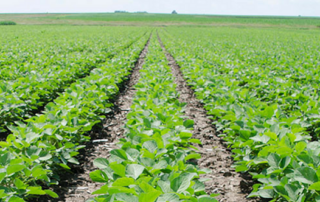
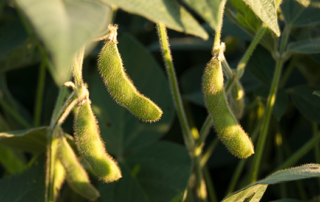
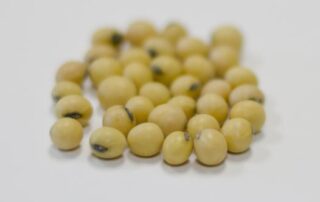
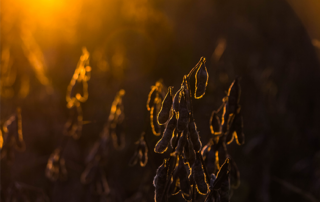
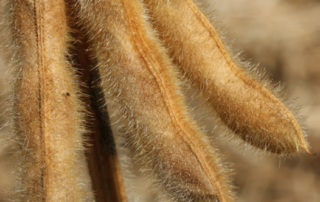
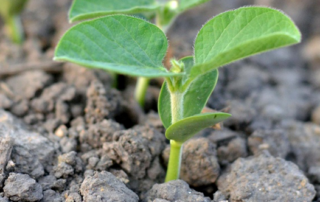
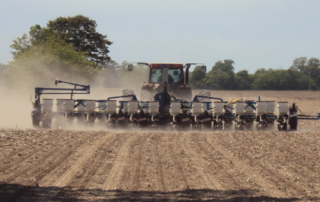

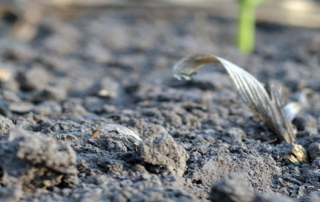
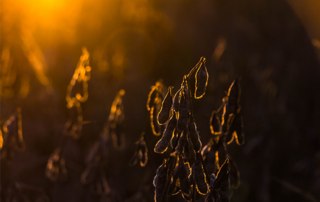



 and then
and then